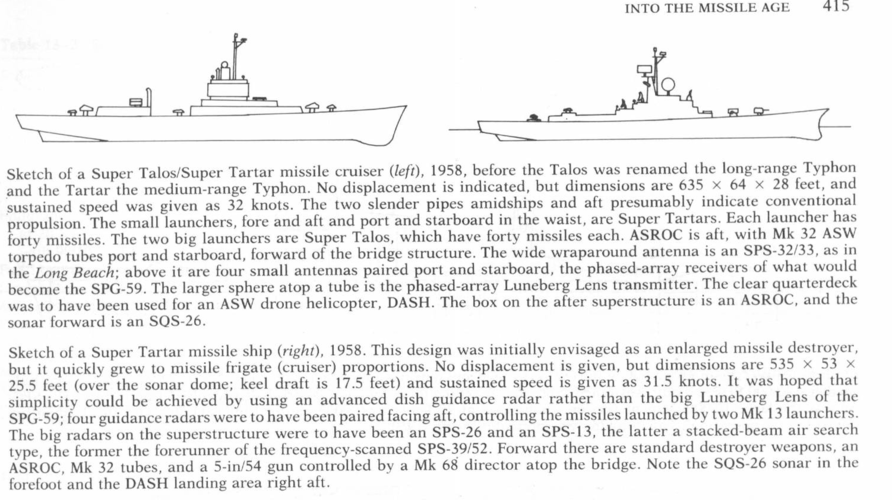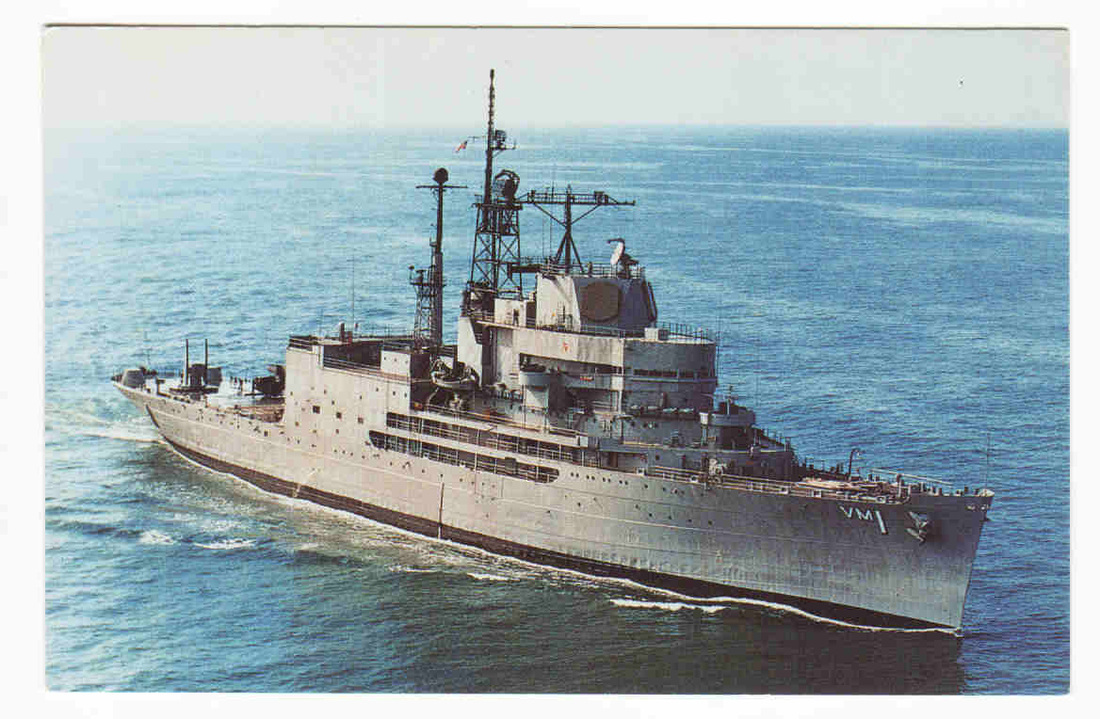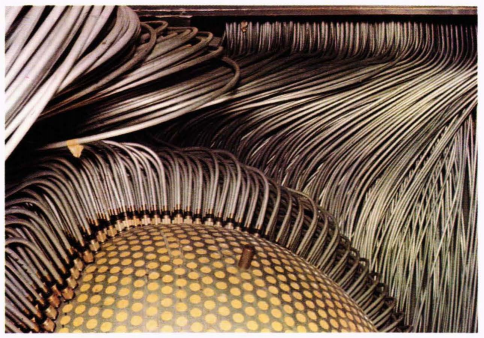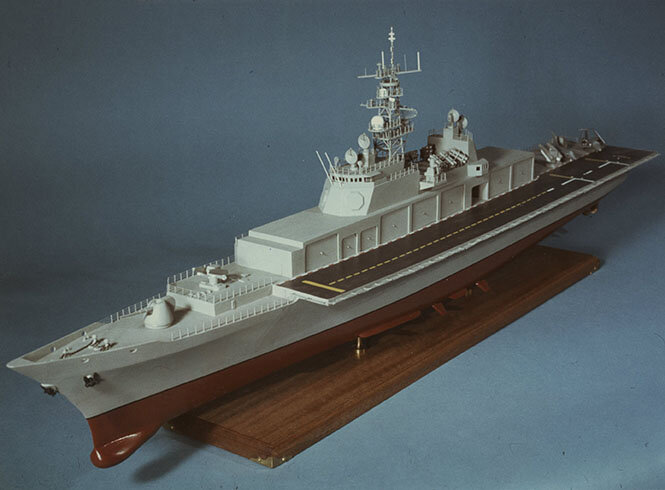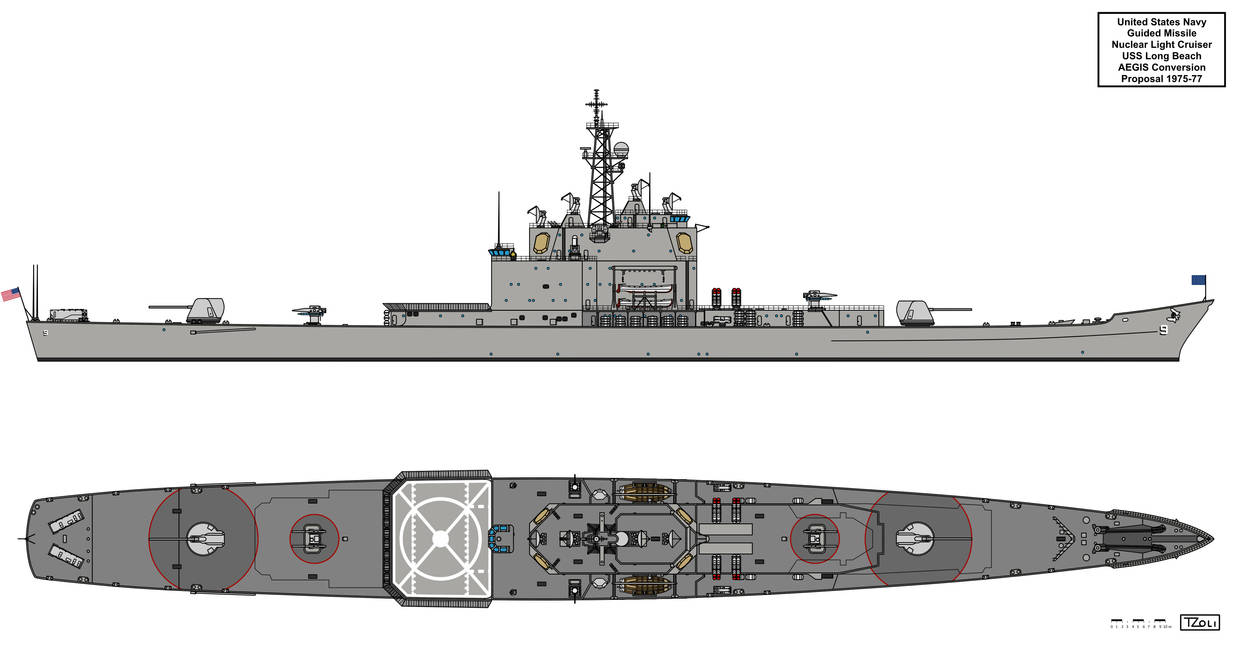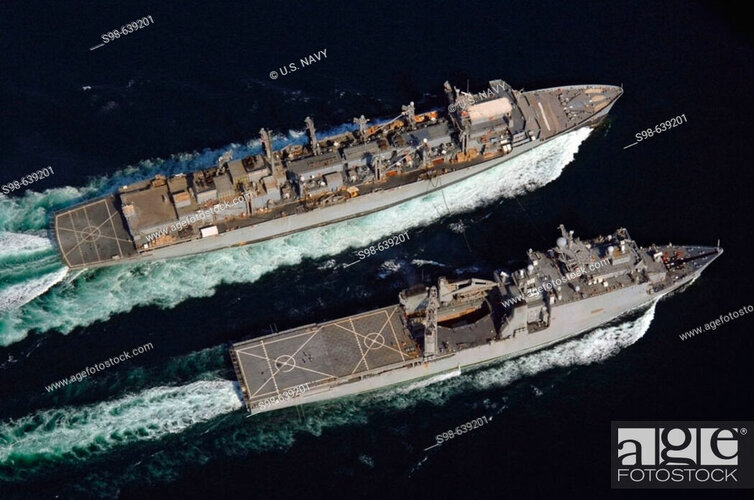- Joined
- 22 April 2012
- Messages
- 2,258
- Reaction score
- 2,307
An all nuclear battlegroup would still require replenishment as both it's crew and aircraft require consumables. As best I can establish from the various congressional documents now available online the concept of operations for the replenishment of all-nuclear groups was to be different though. With conventionally powered escorts a proportion of the carriers liquid fuel capacity would be used to carry fuel for her escorts, meaning less available for the air wing, the faster the group steamed the more ship fuel it would require. This was offset by providing an AOR or AOE as an integral part of the battle group (hence the AOE-6 class) that could replenish the carrier and her escorts within the combat area. Once the AOE's stores were expended the group would have to retire and replenish from an Underway Replenishment Group (URG), likely out of the range of Soviet shore-based strike aircraft. By contrast, a CVN with nuclear escorts would be able to dedicate its entire liquid fuel capacity to JP-5 allowing greater combat endurance from it's air wing. The all-nuclear group would not have an accompanying AOE and once its own stores were expended it too would have to retire to the URG, but would be able to do so at a higher speed than the conventionally escorted group and thus return to the combat area faster. The maths depends on the inputs but nuclear-propulsion advocates argued that the combination of a high-transit speed to and from the URG and greater JP-5 stowage in the carrier would result in greater time on station than a carrier with conventional escorts.
A fleet of nuclear escorts would have less ships than one consisting of conventionally powered ships. A 1967 study (The Endurance Supplement to the Major Fleet Escort Force Level Study) concluded that a CVN escorted by 4 DXGNs was equal to one escorted by 3 DXGs and 3 and 3/8ths DXs. This remained the accepted ratio throughout the nuclear versus conventional debate. Right through to the end of the Cold War the Navy was stating it needed 6 gas turbine destroyers in each carrier battlegroup (or 12 in a two-carrier group) whilst the basic assumption for nuclear escorts per CVN in the late 1970s was also 4.
I have included some commentary below from the Naval Historical Foundation website, the full piece can be found here. VADM Doyle became Op-03 Deputy Chief of Naval Operations in 1975 and was therefore a key personality in the debates around the CSGN and other programmes in the late 1970s, much of his testimony to congressional hearings can now be found online.
Title VIII refers to Sections 801-804 of the FY1975 defense authorization act that required all "major combatant vessels for the strike forces of the United States Navy" to be nuclear powered, this covered all carrier escorts and the ships allocated to surface action groups but it did not cover frigates, amphibious ships, auxiliaries, etc, it neatly lined up with Rickover's belief that it was uneconomical to equip warships below 8,000 tons with nuclear propulsion. Title VIII was repealed by Section 810 of the FY1979 defense authorization act.
A fleet of nuclear escorts would have less ships than one consisting of conventionally powered ships. A 1967 study (The Endurance Supplement to the Major Fleet Escort Force Level Study) concluded that a CVN escorted by 4 DXGNs was equal to one escorted by 3 DXGs and 3 and 3/8ths DXs. This remained the accepted ratio throughout the nuclear versus conventional debate. Right through to the end of the Cold War the Navy was stating it needed 6 gas turbine destroyers in each carrier battlegroup (or 12 in a two-carrier group) whilst the basic assumption for nuclear escorts per CVN in the late 1970s was also 4.
I have included some commentary below from the Naval Historical Foundation website, the full piece can be found here. VADM Doyle became Op-03 Deputy Chief of Naval Operations in 1975 and was therefore a key personality in the debates around the CSGN and other programmes in the late 1970s, much of his testimony to congressional hearings can now be found online.
Title VIII refers to Sections 801-804 of the FY1975 defense authorization act that required all "major combatant vessels for the strike forces of the United States Navy" to be nuclear powered, this covered all carrier escorts and the ships allocated to surface action groups but it did not cover frigates, amphibious ships, auxiliaries, etc, it neatly lined up with Rickover's belief that it was uneconomical to equip warships below 8,000 tons with nuclear propulsion. Title VIII was repealed by Section 810 of the FY1979 defense authorization act.
DOYLE: Well, it was very challenging, because we did have these two factors, the budget cuts, and actually the reduction in the number of ships during that period. Many of the older ships were put out of commission to make room for and to provide more resources for building new ships. So there was a reduction in force levels, but there was the growing Soviet naval and air threat, which required us to improve our capabilities, particularly in fleet air defense.
In 1975, the Navy was building two single mission ASW ships–the Spruance-class destroyer (DD 963) for task group operations and the Oliver Hazard Perry-class frigate (FFG 7) for convoy operations. Both ships were outgrowths of OSD’s major fleet escort study of the late 60’s. Their surface to air missile systems were limited to self defense and could not counter the Soviet missile threat from aircraft or submarines. We were also building the Virginia-class nuclear powered guided missile cruiser (CGN 38), but the Tartar D AAW system with rotating radars and a short range surface to sir missile would be saturated by sophisticated Soviet air to surface missiles launched from Badger and Backfire bombers. Thus, we needed to build a new class of multi-mission cruisers and destroyers, equipped with the latest technology in all warfare areas.
Fortunately, we were well along in the development of the Aegis weapon system consisting of a multi-function phased array radar, slaved illuminators and digital computers, and engineered to meet the operational requirements of firepower, reaction time, coverage, countermeasures and availability.
In an effort to restore the traditional role of the cruiser as an independent striking unit, in 1975, Admiral Holloway proposed a strike cruiser (CSGN) that would be nuclear powered with a speed of 30+ knots and a displacement of 17,000 tons. In addition to Aegis with Standard Missiles and Tomahawk, the CSGN would be armed with Harpoon, a new light weight 8 inch gun, 2 VSTOL aircraft or LAMPS helicopters, SQS-52 sonar, torpedoes, Phalanx, a towed array, a tactical flag command center, and robust ballistic protection. The Navy’s program called for 8 CSGN’s and 16 conventionally powered Aegis destroyers.
The CSGN program was terminated by OSD in favor of a less expensive (and less capable) Aegis CGN 42 class. However, this program was subsequently dropped when CVN 71 was canceled by the Secretary of Defense.
Nuclear propulsion in warships other than submarines and aircraft carriers was a major divisive issue in Congress and OSD. (Even in carriers it was an issue with SecDef Harold Brown and SecNav Claytor as I will mention later). At the urging of Admiral Rickover with CNO support, Congress had passed Title VIII requiring that all major combatants be nuclear propelled. The Navy wanted to capitalize on the operational experience and advantages of all nuclear powered carrier tasks groups–Enterprise, Long Beach, Bainbridge and Truxtun–in future shipbuilding programs. Nimitz (CVAN 68) had just been commissioned. Eisenhower (CVAN 69) and Vinson (CVAN 70) were building, so it made sense to fill out the all nuclear powered task groups with nuclear powered Aegis cruisers. The Seapower Subcommittee of the House Armed Services Committee strongly supported nuclear power in cruisers; the Senate Armed Services Committee and OSD did not. As a result of the impasse, neither an Aegis nuclear powered cruiser nor an Aegis conventionally powered destroyer was authorized in the 1976 budget. The Navy was twice the loser. A subsequent plan to land Aegis and Tomahawk in Long Beach (CGN 9) was partially funded by the Congress, but was withdrawn under the pressure from the Secretary of Defense.
Cancellation of the strike cruiser and the CGN 42 class shifted emphasis to building an Aegis conventionally powered destroyer. However, there was no support in OSD for building a “new” destroyer, but dramatic reductions in the size and weight of the Aegis system permitted installation in a redesigned Spruance (DD 963) destroyer hull. Rear Admiral Wayne Meyer, the program manager for Aegis and rightly known as the father of Aegis, challenged industry to down-engineer the system in size, weight and cost, and industry complied. Thus, Ticonderoga (DDG 47), later renumbered as CG 47, was finally authorized and funded in the 1977 budget. Admiral Rickover was unhappy and told me so, but we had absolutely no support for a nuclear powered Aegis cruiser. I felt we had to get the Aegis combat system to sea as soon as possible to counter the Soviet missile threat.
Earlier I mentioned controversy over building a nuclear powered aircraft carrier. When CVN 71 was cancelled by SecDef, SecNav Claytor proposed building three conventionally powered carriers for the price of two nuclear powered carriers. In testimony before the HASC, I presented the Administration’s proposal but when asked my personal and professional opinion, I recommended building two nuclear powered carriers instead. Secretary Claytor was not pleased, but SecDef Harold Brown upheld my right as a career officer, not a political appointee, to state my personal and professional opinion when asked. The three conventional carrier proposal went nowhere and CVN 71 was subsequently restored by the next administration.
Last edited:

